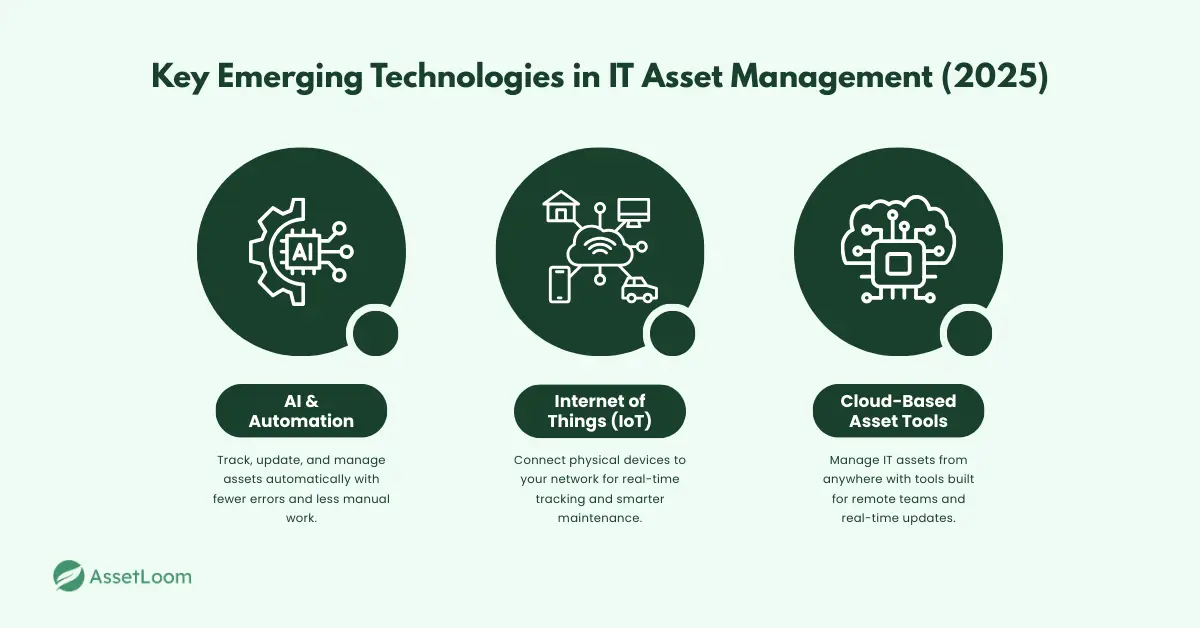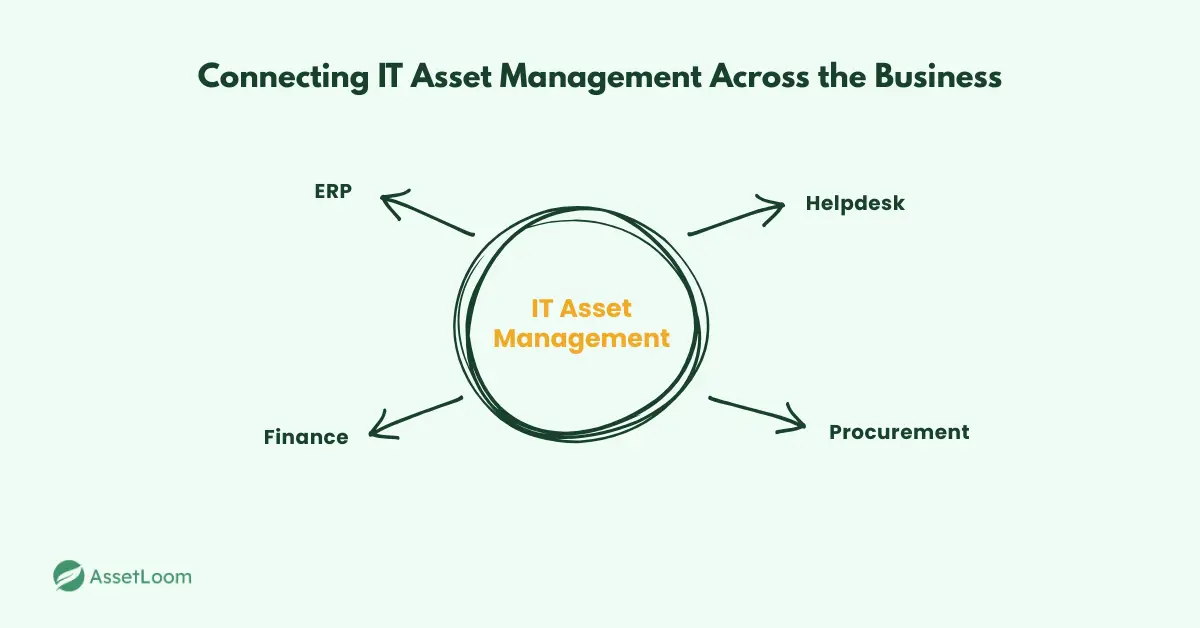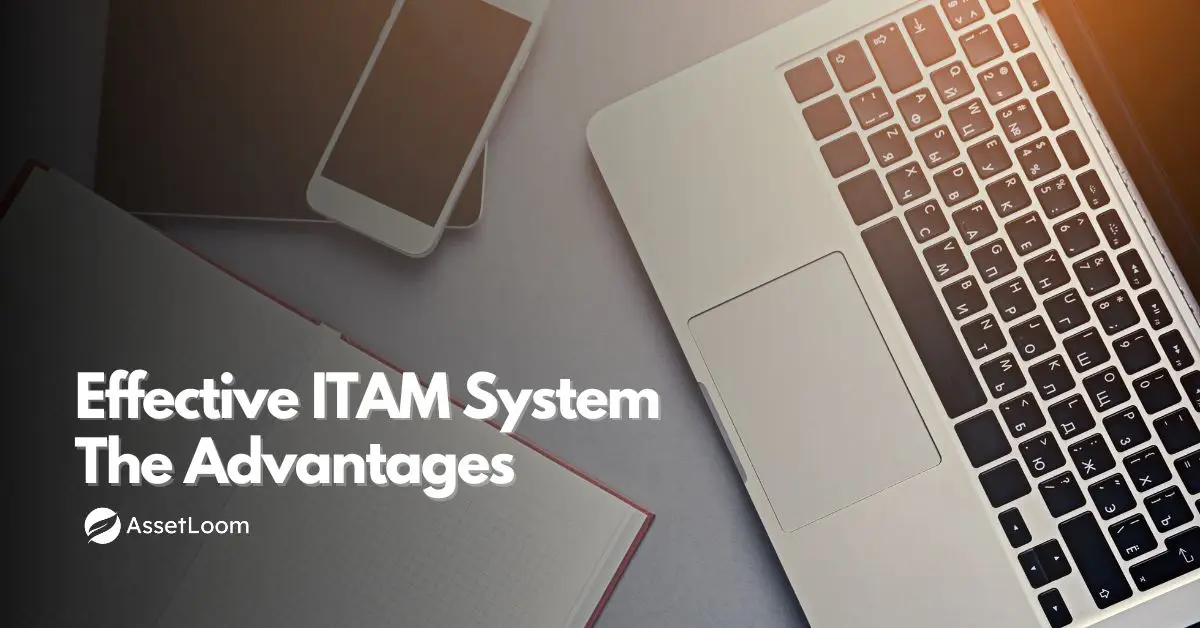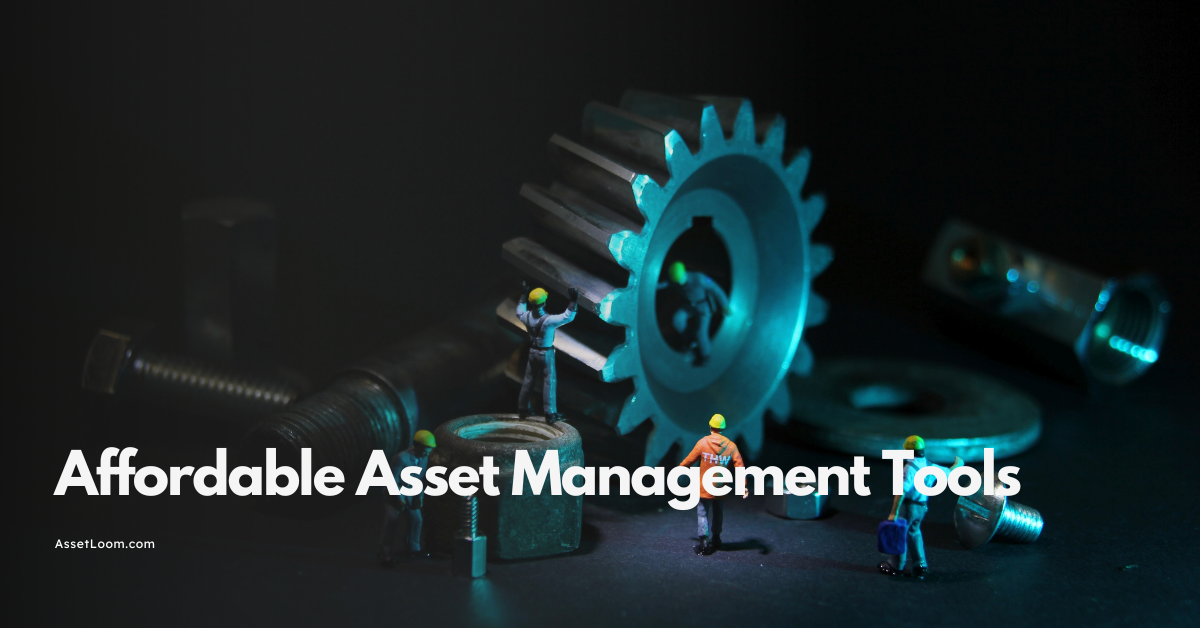IT Asset Management Trends 2025: What IT Teams Need to Prepare For
Learn the key IT asset management trends 2025 and how IT teams can prepare to improve tracking and cut costs.
IT asset management isn’t just about tracking what you own anymore. The IT asset management trends 2025 show it’s now a core part of how IT teams control costs, reduce risk, and keep everything running smoothly.
But the job is getting tougher. Assets are scattered across offices, homes, and cloud platforms. Budgets are tighter. Security expectations are higher. And the old way of managing everything with spreadsheets or disconnected tools just isn’t cutting it.
This year, the shift is clear: IT teams need better visibility, faster insights, and systems that keep up. In this blog, we’ll walk through the trends driving that change, and how to stay one step ahead.
Read also: What is IT Asset Management (ITAM)? The Basics Every Business Should Know
The Impact of Emerging Technologies
Technology keeps evolving, and IT asset management has to keep pace. In 2025, some of the biggest changes come from tools that make managing assets easier and smarter.
AI and Automation are no longer buzzwords; they’re helping IT teams track assets faster and with fewer errors. Instead of manual updates, systems can now automatically detect new devices, renew licenses, and flag unused software.
The Internet of Things (IoT) is also changing the game. More physical assets - from printers to security cameras - are connected to networks, making it possible to track them in real time and manage maintenance proactively.
And with more companies moving to the cloud, cloud-based asset management software is gaining ground. These solutions offer seamless updates, remote access, and easier collaboration between teams, perfect for today’s hybrid work environments.

Together, these technologies are reshaping how IT teams handle asset management, shifting from reactive tasks to proactive control.
What IT teams can do: Start automating routine tasks, use IoT for key asset tracking, and switch to cloud-based platforms for better remote management.
Increased Cybersecurity Focus
Security is now a central part of IT asset management. In 2025, protecting your hardware and software assets is more important than ever.
Unsecured devices and outdated software leave openings for hackers. This can cause data breaches, costly downtime, and harm to your company’s reputation. That is why it is crucial to know exactly what assets you have and where they are.
AI-powered cybersecurity tools are becoming common in asset management. They help detect unusual activity, automate updates, and make sure you meet compliance standards. These tools give IT teams better control and faster response.
What IT teams can do: Start by integrating your asset management system with security monitoring tools to get real-time alerts. Regularly audit your devices and software for vulnerabilities. Automate patching and updates wherever possible to reduce risk and save time.
Sustainability and Green IT
More organizations are realizing that IT asset management isn’t just about cost and efficiency—it’s also about being eco-friendly.
In 2025, there’s growing pressure to recycle, reuse, and resell old assets instead of throwing them away. Managing the entire asset lifecycle with sustainability in mind helps reduce electronic waste and lowers your company’s carbon footprint.
Smarter asset decisions, like choosing energy-efficient devices and planning for proper disposal, are becoming part of responsible IT management.
What IT teams can do: Set up processes for recycling and reselling unused equipment. Choose energy-efficient hardware when replacing assets. Track and report your IT-related carbon footprint to support your company’s sustainability goals.
Asset Visibility and Data-Driven Decision Making
Knowing exactly where your assets are and how they’re being used has never been more important. In 2025, real-time tracking is shifting from a nice-to-have feature to an essential part of IT asset management.
With up-to-date data and analytics, IT teams can quickly spot underused or idle equipment, predict when devices will need repairs or replacement, and avoid unnecessary spending. This level of insight enables teams to make more informed decisions about purchasing, maintenance, and resource allocation.
Bringing asset management data together with other business systems, like finance and IT service management, creates a fuller picture. This integration leads to better planning, improved budgeting, and stronger compliance.
What IT teams can do: Invest in real-time tracking tools to maintain accurate asset records. Use analytics to uncover cost-saving opportunities and plan asset lifecycles more effectively. Work on integrating asset data with finance and service management platforms to drive better decision-making across departments.
The Shift Toward Hybrid and Remote Work Models
The rise of hybrid and remote work has changed how IT teams manage their assets. Devices are no longer all in one place. They’re spread across employees’ homes, different offices, and even while people are on the move. This makes tracking and managing assets more complicated than ever.
IT teams need to keep up with this distributed setup to make sure devices stay secure, software stays licensed, and no assets get lost. Without the right tools, it’s easy to lose visibility and control.
Cloud-based asset management systems help by providing real-time updates accessible from anywhere. These systems also make it easier to collaborate across teams and manage devices remotely, which is essential in today’s flexible work environment.
What IT teams can do: Move to cloud-based platforms that support remote and hybrid setups. Establish clear policies on device usage and tracking outside the office. Regularly audit assets and keep communication open to quickly address any gaps or issues.
IT Asset Lifecycle Management
In 2025, more IT teams are shifting from just tracking assets to managing the full lifecycle, from purchase to retirement. This bigger-picture approach helps reduce waste, control costs, and improve planning.
Instead of reacting when something breaks or becomes outdated, teams are building in lifecycle forecasting. That means tracking how long assets typically last, when they’ll need replacement, and how to get the most value from them while they’re in use.
Planning for end-of-life is also becoming a priority. Proper disposal, recycling, or reselling unused equipment supports sustainability goals and keeps sensitive data from slipping through the cracks.
Extended warranties, refresh schedules, and smarter procurement are all part of this more mature approach to asset management.
What IT teams can do: Map out each stage of the asset lifecycle, from purchase to disposal. Use historical data to forecast when assets need replacement. Build a plan for retiring assets securely and sustainably, and consider extending warranties to get more value out of high-cost equipment.
Integration with Other Enterprise Systems
IT asset management works best when it doesn’t stand alone. In 2025, more organizations are connecting their asset data with other core business systems like ERP, finance, helpdesk, and procurement.
This kind of integration unlocks bigger value. When asset data flows into financial systems, budgeting becomes more accurate. When it connects with service desks, support teams can resolve issues faster with full context. And when procurement and IT work together, companies avoid duplicate purchases and better plan for future needs.
The goal isn’t just to track assets, but to connect the dots across the business.
What IT teams can do: Look for IT asset management platforms that support integrations with your existing systems. Work with finance and operations to align data and processes. Start with small connections - like syncing asset records with your helpdesk - and expand from there for greater visibility and impact.

Staff Training and Upskilling
As IT asset management tools evolve, so do the skills needed to manage them. In 2025, it’s not just about technical know-how, it’s about being able to adapt quickly, work with new platforms, and understand how asset data connects across the business.
Many IT teams are stretched thin, and without the right training, even the best tools can fall short. Teams need to stay updated on automation, cloud platforms, compliance standards, and data analysis to get full value from modern IT asset management.
Hiring is also shifting. Companies are looking for people who can work across systems, spot inefficiencies, and bring strategic thinking to the table, not just someone who can maintain a spreadsheet.
What IT teams can do: Set up regular training sessions to keep staff up to date with the latest tools and trends. Encourage cross-functional learning between IT, finance, and operations. When hiring, look for candidates who understand both the tech and the bigger picture of asset strategy.
Conclusion
If there’s one thing the IT asset management trends 2025 makes clear, it’s that the job is bigger than just tracking devices. IT teams are expected to manage costs, reduce risks, support hybrid work, and keep systems running smoothly, all while the tech keeps changing.
The good news? You don’t need to overhaul everything overnight. Focus on the areas where you’re feeling the most pressure. Maybe that’s visibility, maybe it’s lifecycle planning, or maybe your team just needs better tools that actually talk to each other.
What matters most is staying flexible and building a system that can grow with you. The right setup won’t just help you keep up, it’ll help you get ahead.

Related Blogs
Subscribe for Expert Tips and Updates
Receive the latest news from AssetLoom, right in your inbox.

